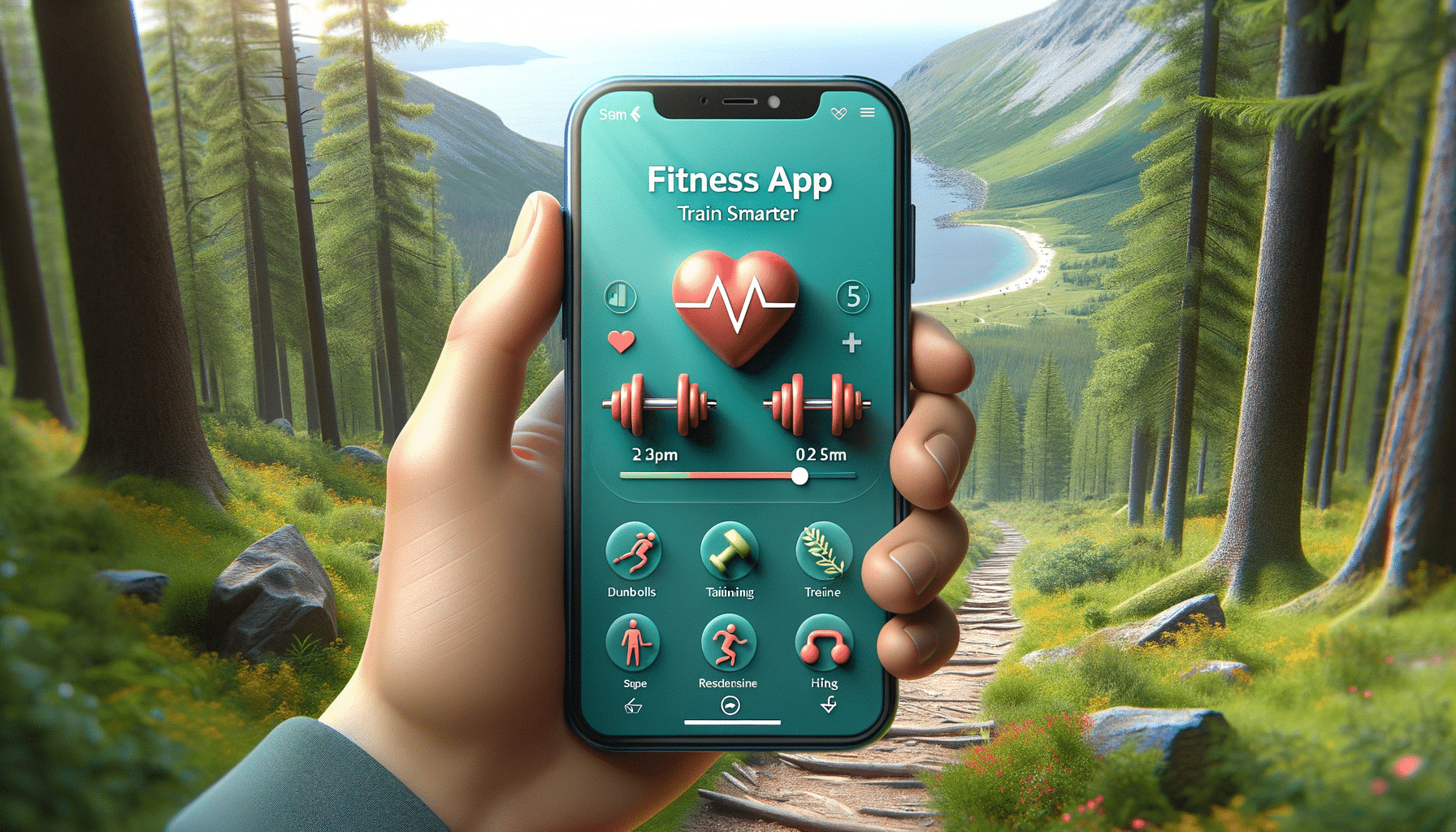
Train Smarter: Fitness Apps That Get You Fit Without the Gym
Introduction to Fitness Apps
In today’s fast-paced world, maintaining a fitness routine can be challenging. However, the advent of fitness apps has revolutionized how individuals approach their health and wellness goals. These apps offer a convenient, flexible, and often cost-effective way to stay active without the need for a gym membership. Fitness apps cater to a wide range of needs, from tracking physical activity to providing guided workouts, making them an invaluable tool for anyone looking to improve their fitness levels.
The Benefits of Using Fitness Apps
Fitness apps provide numerous advantages that make them appealing to users of all fitness levels. One of the primary benefits is the ability to personalize workouts. Users can select routines that match their fitness goals, whether it’s weight loss, muscle gain, or general health improvement. Additionally, fitness apps often include features such as progress tracking, which helps users stay motivated by visualizing their achievements over time.
Another significant benefit is accessibility. With a fitness app, workouts can be done anywhere and anytime, eliminating the need for a gym and allowing flexibility in scheduling. This is particularly beneficial for individuals with busy lifestyles who may struggle to find time for traditional gym visits. Furthermore, many fitness apps offer community features, enabling users to connect with others, share experiences, and find support, which can enhance motivation and accountability.
Types of Fitness Apps Available
The market offers a diverse range of fitness apps, each catering to different aspects of health and wellness. Some apps focus on specific types of exercise, such as running, yoga, or strength training, providing specialized workouts and tracking tools. Others offer a more holistic approach, combining various workout types with nutritional guidance and lifestyle tips.
Some of the most popular categories of fitness apps include:
- Activity Trackers: These apps monitor physical activity, steps, and calories burned, often syncing with wearable devices.
- Workout Apps: Offering guided workouts for different fitness levels, these apps can include video demonstrations, timers, and progress tracking.
- Nutrition and Diet Apps: Focused on dietary habits, these apps help users track food intake, plan meals, and maintain a balanced diet.
- Meditation and Mindfulness Apps: These apps cater to mental well-being, offering guided meditations and relaxation techniques.
Choosing the Right Fitness App for You
With so many fitness apps available, selecting the right one can be daunting. It’s essential to consider your personal fitness goals and preferences when choosing an app. For instance, if you’re looking to improve cardiovascular health, an app focused on running or cycling might be ideal. Conversely, if you’re interested in building strength, a strength training app would be more suitable.
Additionally, it’s important to evaluate the features offered by the app. Look for apps that provide comprehensive tracking, personalized workout plans, and community support if these aspects are important to you. It’s also advisable to read user reviews and ratings to gain insights into the app’s effectiveness and user experience. Many apps offer free trials, which can be a great way to test the app before committing to a subscription.
Conclusion: Embrace the Future of Fitness
Fitness apps represent a significant advancement in the way people approach their fitness routines. By offering flexibility, personalization, and convenience, these apps make it easier than ever to maintain an active lifestyle. Whether you’re a fitness enthusiast or just starting your journey, incorporating a fitness app into your routine can provide the support and motivation needed to achieve your health goals. As technology continues to evolve, fitness apps will likely become even more integral to personal wellness strategies, helping users everywhere train smarter and live healthier lives.